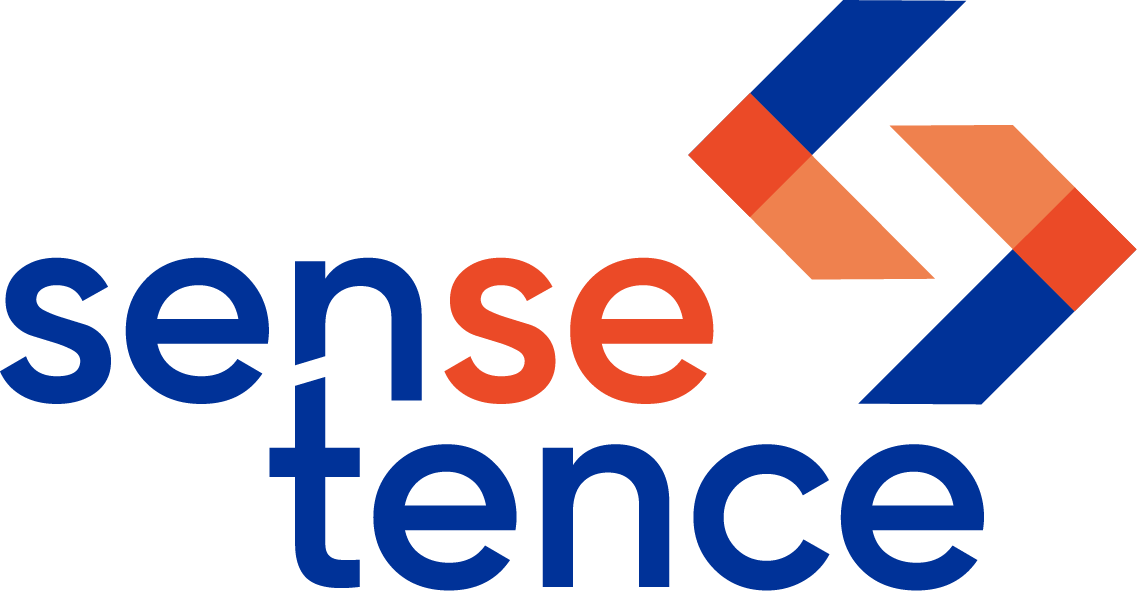Nowadays, we web developers are faced with the challenge of developing powerful, robust and secure web applications that also offer an interactive user experience with the shortest possible loading times. Good collaboration between frontend and backend is crucial to meet these requirements. There are different approaches to choosing the right technology stack.
In this article, we will take a look at how Inertia.js and Symfony work together and compare the solutions with technologies for pure single-page applications (SPA) such as Nuxt.js. We will also highlight the advantages of Inertia.js and show why it is used in our projects.
Basically, Server-Side Rendering (SSR) and Client-Side Rendering (CSR) are two different approaches to web application development, each with their own advantages and disadvantages. Basically, Server-Side Rendering (SSR) and Client-Side Rendering (CSR) are two different approaches to web application development, each with their own advantages and disadvantages.
Server-Side rendering
With SSR, the website is initialized on the server, which sends fully rendered HTML pages to the browser. This improves SEO friendliness as search engines can easily access the content. The initial loading speed for the user can also be faster. However, this comes with a higher server load as a new HTML page must be generated for each request. Also, pure SSR limits client-side interactivity as some parts of the application may require server-side requests, which can lead to less dynamic user interfaces.
Client-Side rendering
On the other hand, CSR focuses on the execution of JavaScript in the browser. After the initial request, a basic page is loaded and then the updates and interactions happen dynamically on the client side. This reduces the server load and enables faster navigation between pages. However, the initial loading speed can be longer, as all the required data has to be fetched from the server via API requests after the page has already been rendered in the browser. In addition, SEO challenges can arise as the majority of the content is reloaded via JavaScript. Search engine crawlers may have difficulties indexing the content correctly, which can lead to poorer visibility in search results.
Single-page applications
Single-page applications (SPA) combine CSR with the concept that an HTML page is loaded only once and all further changes are made dynamically via JavaScript. SPAs offer a smooth user experience as they can respond to changes without a full page refresh.
It should be mentioned here that SPA approaches are certainly justified and can be used well for projects with a pure REST API backend. Especially when several independent client systems talk to the backend, this type of development can provide good solutions, as it enables complete decoupling of the backend and frontend. This decoupling requires a separate backend infrastructure and API communication and also has disadvantages and hurdles that have caused us a lot of extra work in past projects
Advantages of Inertia.js
In contrast, the advantages of Inertia.js when used for a classic web application with frontend and backend are quickly apparent. Inertia.js is a framework based on Vue.js that combines the advantages of SSR and client-side rendering (CSR).
- Seamless integration: Inertia.js can be easily and quickly integrated into an existing Symfony application. It offers a special middleware that enables communication between the Symfony backend and the Vue.js frontend component. This enables efficient collaboration while still maintaining a clear separation of backend and frontend.
- Shorter loading times: Due to partial server-side rendering, content is delivered to the user faster as the page has less overhead for the initial call.
- Better performance: By combining SSR and CSR techniques, Inertia.js offers better performance compared to pure SPAs. It enables content to be updated quickly without having to reload the entire page.
- Efficient data transfer: Inertia.js uses JSON responses for data transfer between frontend and backend. This JSON data can be easily created and processed with Symfony’s built-in serialization features, resulting in efficient communication.
- SEO friendliness: One of the biggest advantages of Inertia.js is its improved SEO friendliness compared to pure SPAs. Search engine crawlers can more easily understand and index server-side rendered pages, which leads to better visibility in search results.
- Easy maintenance: The more direct integration of backend and frontend makes it easier to maintain and update the application in many areas.
Conclusion
Inertia.js and Symfony make a powerful combination for developing modern web applications. By integrating Inertia.js, developers like us can take advantage of server-side rendering to create fast-loading, SEO-friendly and responsive web applications. Compared to pure SPA solutions like Nuxt.js, Inertia.js offers easier integration, faster load times, better performance and easier maintenance. For the development of classic web applications, we will therefore rely on this technology stack again in the future.


